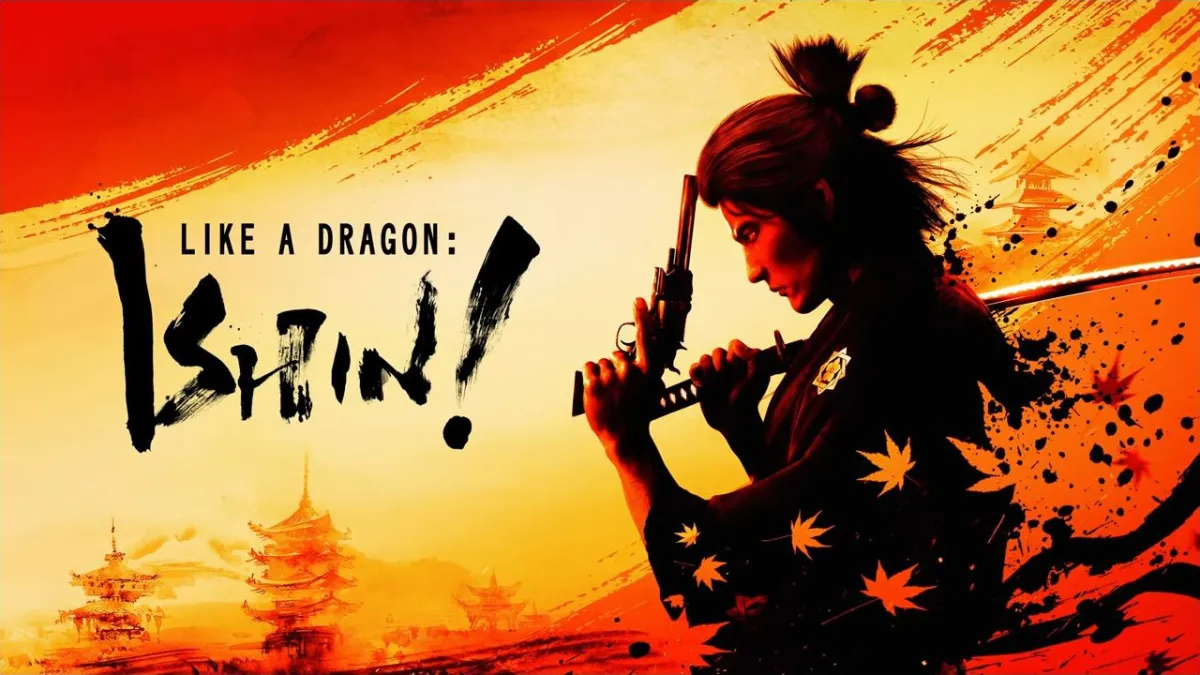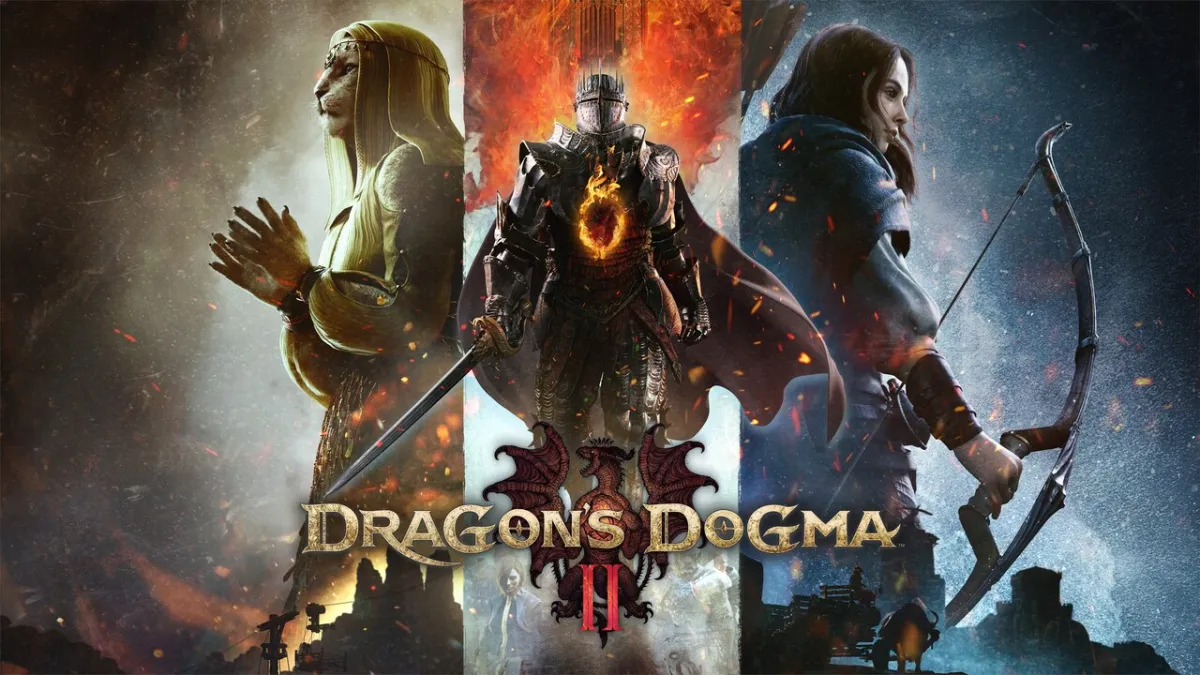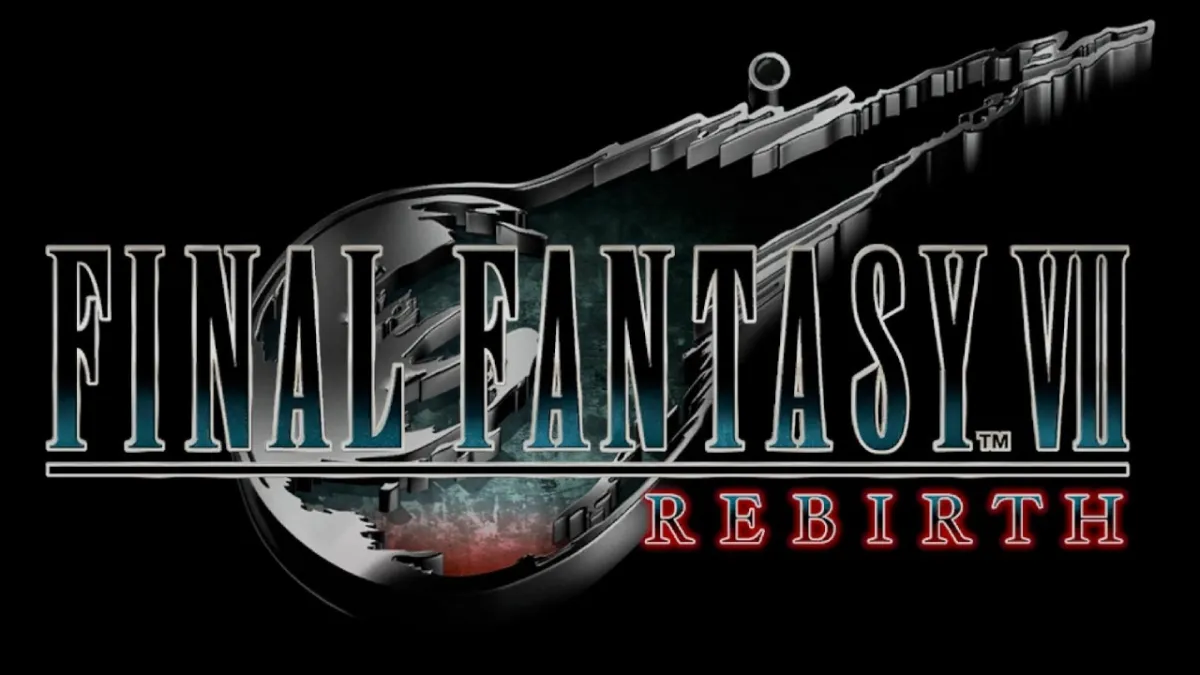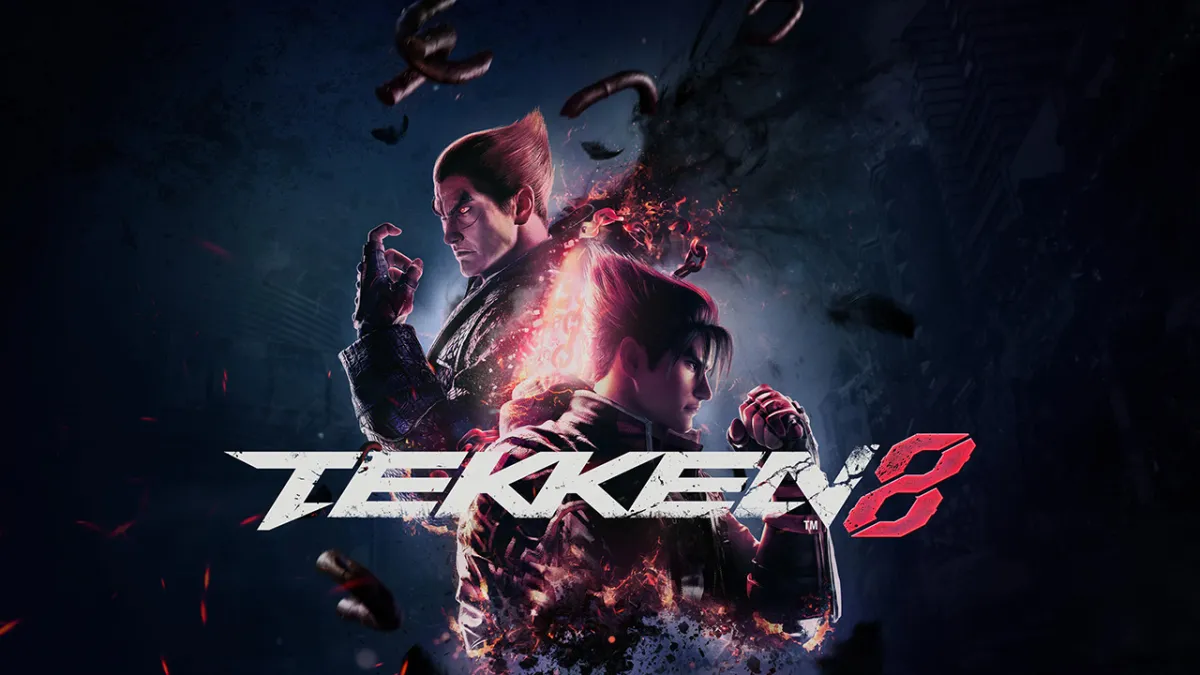Now that the Yakuza series has exploded in popularity in the west, Sega has finally realized something that we’ve all known for quite some time: people like good video games. What may seem obvious to us didn’t seem so obvious to investors and executives back in the day, however, which is why the series has seemed so ashamed of its identity for its first decade in the west. The title change to Yakuza, the awful forced English dub of the first game, cut content, and plenty of other issues plagued the franchise’s western existence.
Despite that, the series has found a large audience and Like a Dragon: Ishin is a celebration of that. The series has finally found the courage to use its true name — Like a Dragon — globally, and the first game to come with that branding is a remaster of a historical spinoff that was deliberately skipped in the west when it was first released. That’s a power play. Regardless of how you feel about Ishin, you have to realize what it represents for Like a Dragon’s newfound global confidence following Yakuza 0’s western release in 2017.

Like a Dragon: Ishin is a deeply complex historical drama featuring real-life historical events and characters portrayed by characters from the Yakuza franchise. Kazuma Kiryu is now Sakamoto Ryoma, Goro Majima is now Okita Soji, and so on. It’s like watching a school play with all of your friends playing the leads.
Not only does it spice up the heavy political drama with some light fanservice, but it also helps you understand the major players and their motivations. You know how the guy with Majima’s face is going to act, for example. That’s not to say that each character is a carbon copy of their modern-day counterpart, however — Sakamoto Ryoma has some distinct differences from Kazuma Kiryu — but the faces serve as a foundational guide to the period.
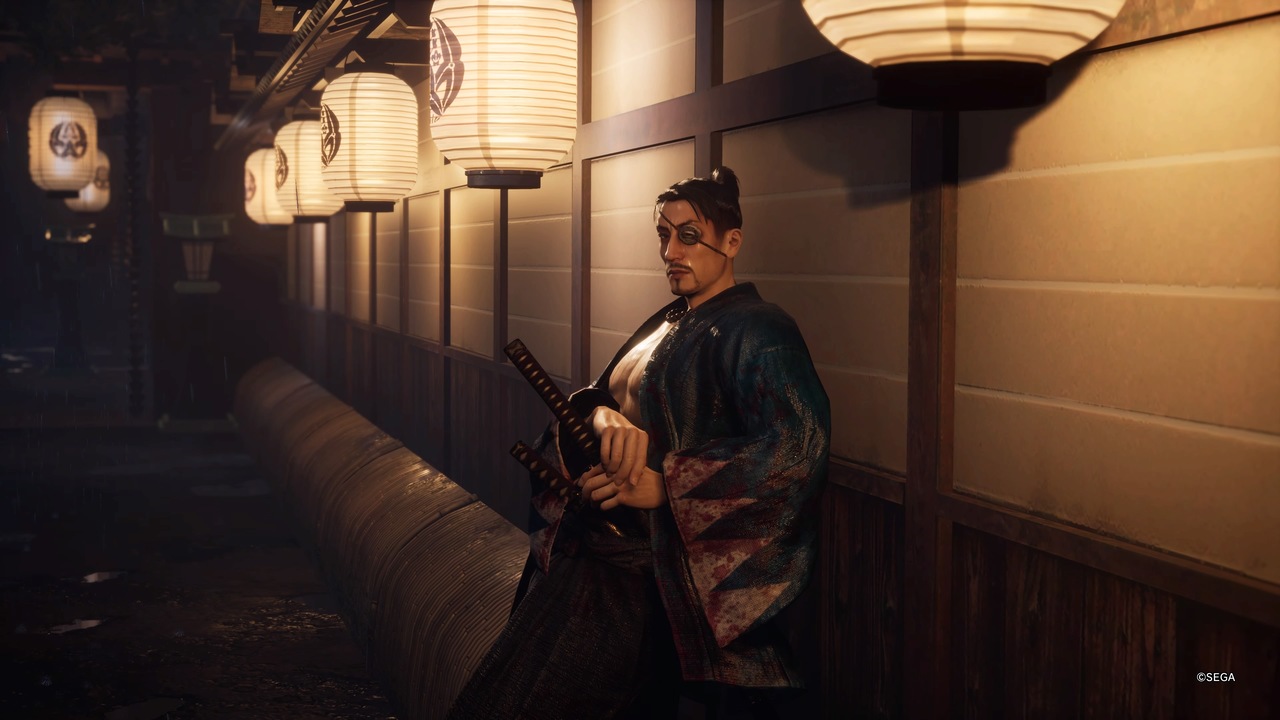
As expected, Ishin’s story is a tangled web of conspiracies, fake names, warring factions, and not-so-loyal loyalist parties. Its careful setup results in a disappointingly slow first half, but the final few chapters are packed with explosive drama, shocking revelations, and emotional duels. The slower intro is appreciated, however, since Ishin throws a ton of terms at you that you have to learn if you want to understand everyone’s motivations. It’s as much of a history lesson as it is an action game, which is to be expected of a period piece like this. Just like the mainline Yakuza games provide virtual tourism, Ishin provides historical tourism.
Ishin takes place during a particularly dangerous time in Japan, so the game hands you one of the franchise’s best combat systems to protect yourself from ronin and bandits throughout the streets of Kyo. Ryoma is the only playable character this time around, but he has four very diverse combat styles that complement one another in interesting ways. Alongside the standard Brawler style, Ryoma also has access to the straightforward Swordsman, the long-distance Gunman, and the hybrid Wild Dancer which allows you to dual wield a sword and gun simultaneously.
Each style has its own strengths and weaknesses, even more so than the styles in previous games. You’ll most likely use Swordsman for most of your fights, but the Gunman is perfect for opening attacks when enemies are charging at you and the Wild Dancer style is fantastic for handling large crowds. Even Brawler, the unarmed style, has its uses with unique heat actions. Heat actions in general are much tamer this time around too, but that allows for more deliberate decision-making in the heat of battle.
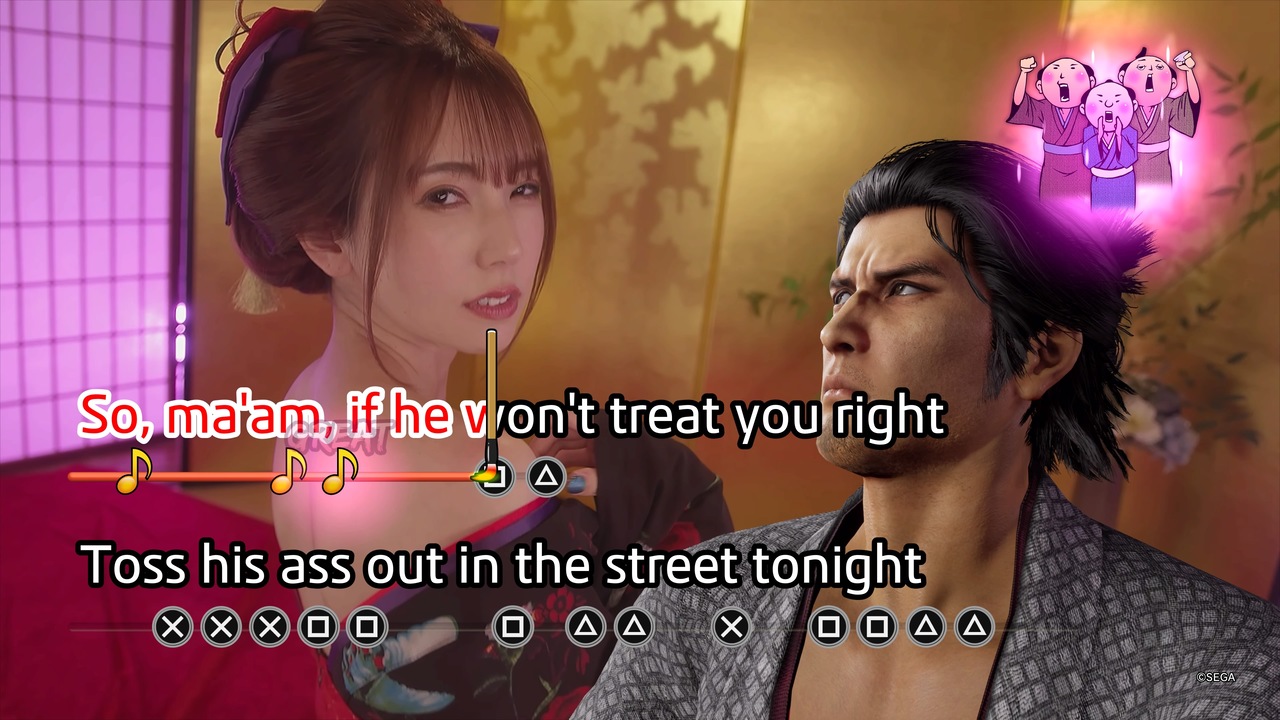
When you’re not fighting or watching a cutscene, you can experience the nightlife and leisure activities of 19th-century Japan. In true Yakuza fashion, you can lose hours to these side activities. The staples are there — karaoke, mahjong, dancing — but you can also bet on chicken races, grow crops and cook food in the surprisingly deep Another Life side quest, or fight through Battle Dungeons with random rewards.
The game places a huge emphasis on Battle Dungeons. They’re the best way to get most of the game’s rare crafting materials, so you’ll need to run them frequently if you want to upgrade your sword and gun. They’re also the best way to level up your troopers, who essentially act as special abilities that Ryoma can use during combat. The trooper system is surprisingly deep, allowing you to recruit new soldiers through a gacha system, fuse them together to increase their strength, and create synergistic squads that increase your combat prowess.
Of course, you’ll also run into side stories as you navigate the streets of Kyo that range from silly to serious. They feel like they get in the way of the game’s main story way more often than they usually do, however, which can kill the game’s pacing if you take the wrong route. It’s frustrating to be rushing to an important Shinsengumi meeting only to be interrupted multiple times along the way by a crowd of people doing a silly dance, a dog that won’t stop barking, or Ryoma deciding to take a dip in a bathhouse. It’s great that the substories happen to you as you walk around since it makes the world feel much more natural, but it happens way too frequently.

The game’s decision to infuse side stories into typical gameplay mechanics does shine in one regard, however: the friendship system. Each restaurant owner, vendor, and minigame NPC has their own storyline that progresses as you visit them more often. This gives you a reason to visit the karaoke venue on a whim or go out of your way to heal at a specific restaurant, making the town of Kyo feel so much more alive. I wouldn’t have done as much chicken race betting, for example, if I didn’t feel like stopping by to see a friend at the front desk. In a game whose story focuses so much on deciding what’s best for the people of Japan, Ishin’s friendship system is a fantastic way for you to get to know those people.
Another brilliant innovation on Ishin’s part is the Virtue system. Virtue points (not to be confused with standard experience points) are accumulated by doing literally anything in Ishin, from battling bandits to eating at a restaurant to growing crops. You can then spend these points on upgrades like enhanced sprinting, fishing or farm upgrades, items at a special shop, and more. Everything in this game is a form of progression, even the small interactions with shopkeepers. Just like the friendship system, the Virtue system encourages you to interact with the world much more often.
Despite its issues, Like a Dragon: Ishin is a remarkable period piece. The mainline Yakuza games are known for their incredible sense of place, and Ishin is equally as effective at transporting you to 19th-century Japan. Even though it’s not on the fancy Dragon Engine, the streets of Kyo are brimming with life. Speedy couriers dash down the roads, shady bars operate in the slim alleyways between major streets, and crowds gather around conmen selling glasses that supposedly let you see through women’s clothes. You can practically taste the sake flowing as you walk down the main street past bars and restaurants, feeling the warm wind blowing through your haori.
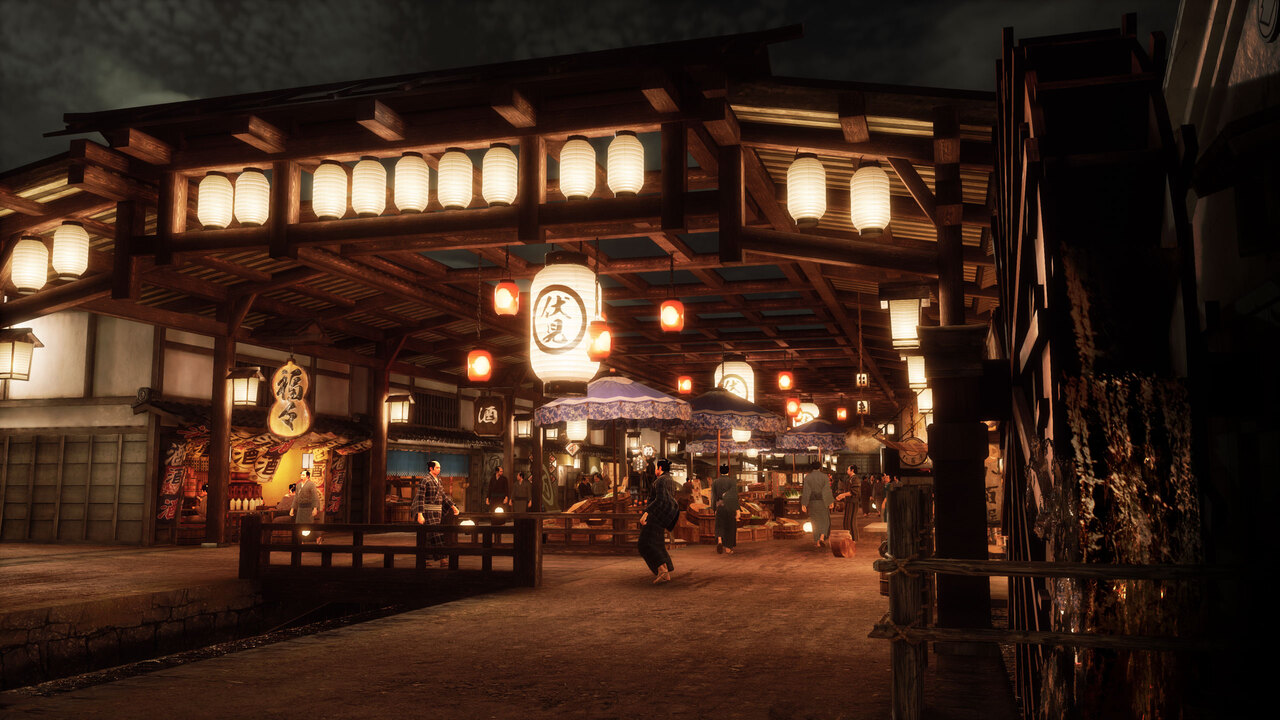
Like a Dragon: Ishin is a stellar period piece filled with melodramatic monologues, great combat, goofy side content, and a whole lot of heart. Ishin may not be the strongest Like a Dragon game because of its lackluster first half and average boss battles, but it’s definitely the most unique title that Ryu Ga Gotoku Studio has ever put out. It wears its heart on its sleeve and you can practically feel the game smiling back at you when a shocking revelation happens during the story or two characters finally cross swords after hours of build-up. It’s a historical drama that only Ryu Ga Gotoku Studio could pull off.


